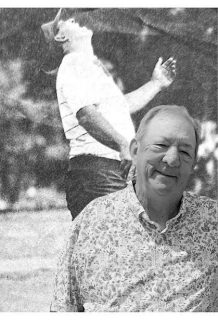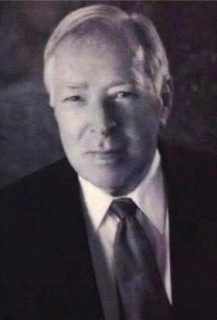Mixing Art+Law: Copyright, Take the Time to Get It Right
Published 12:00 am Thursday, June 25, 2009
In my law practice, I have often had the opportunity to consult with artists about the subject of copyrights. I am always surprised by how little most artists know about the subject of copyrights. By taking a little time to understand copyrights, an artist can easily take steps to protect his or her original works and insure they are not infringing on someone’s copyright.
Most people know that copyright law applies to “original” works of art, either graphic art works or literary works. For a work to be “original,” it must by your own creation and can not have been copied from another or from any work in the public domain. Most people are not aware however, that copyright vests with the author once the work is created and placed into a medium from which it can be copied. For example, once an artist creates a drawing or painting, that artist has the copyright for that work of art. An exception to this basic principle applying is when the work was created during the scope of one’s employment or as a work-for-hire, in which case the copyright may belong to the employer.
Trending
Copyright law applies to a variety of items which include the following: literary works such as books, periodicals, manuscripts, advertising copy, computer programs and databases; dramatic works and any accompanying music; pantomimes and choreographed works; pictorials, graphic and sculptural works; motion pictures and other audio and visual work; sound recordings; and, architectural works. An owner of a copyright has the exclusive rights to make copies or to make a new derivative work.
There are some works which can not be protected by copyright, such as ideas, concepts, plots, procedures, processes, systems and methods of operation. For example, if a writer has a great idea for a book but never places that idea in a medium that can be copied, such as paper or digital file, he has no protection over that idea. It is good to remember that “ideas are not protectable but the expression of the idea may be protected.” Additionally, trivial works without sufficient creative substance are not eligible for copyright protection, such as single words, names, titles, slogans and short phrases.
While the current law does not require registration of a work with the U.S. Copyright Office, registration does provide several advantages to the copyright holder. For example, registration is required to file an infringement action or suit against any potential infringer of your copyrighted work. If the application for registration has been filed within three months of publication or before the infringement occurs then the owner has the right to receive statutory damages which can be very beneficial. Registration can be done anytime during the term of the copyright. The Copyright Office is currently accepting applications through electronic filing. Their website www.copyright.gov is a great resource of information for copyright owners.
Another important issue surrounding copyright is the determination of whether or not a particular item to be used, such as a photograph, musical work or written work is covered by a current copyright. When determining if an item you wish to use, is protected by a copyright, it is important to know the term of the copyright. The term for copyright in the United States has varied over the past 200 years. However, for works created after January 1, 1978 the term of the copyright is the life of the author plus 70 years. If the work is anonymous or a work for hire under the copyright statute the term is 75 years from the publication or 100 years from creation. With such lengthy terms, one can assume that just about every work that you would want to use is more than likely protected by a copyright. With that in mind, it is important for artists to remember to obtain permission before using another’s work.
In today’s business environment, individuals and companies are becoming more and more aware of the rights available to them under copyright. An artist in today’s culture would be well advised to take some time to learn the right way to handle copyright issues.
 Laura Hagan is an attorney practicing with the firm of Kerrick, Stivers, Coyle & Van Zant with offices in Bowling Green and Elizabethtown. She is registered to practice before the U.S. Patent and Trademark Office and her practice involves assisting individuals with their intellectual property needs, such as patents, trademarks, trade secrets and copyrights. She can be reached at (270) 782-8160 or at lhagan@kscvlaw.com.
Laura Hagan is an attorney practicing with the firm of Kerrick, Stivers, Coyle & Van Zant with offices in Bowling Green and Elizabethtown. She is registered to practice before the U.S. Patent and Trademark Office and her practice involves assisting individuals with their intellectual property needs, such as patents, trademarks, trade secrets and copyrights. She can be reached at (270) 782-8160 or at lhagan@kscvlaw.com.






